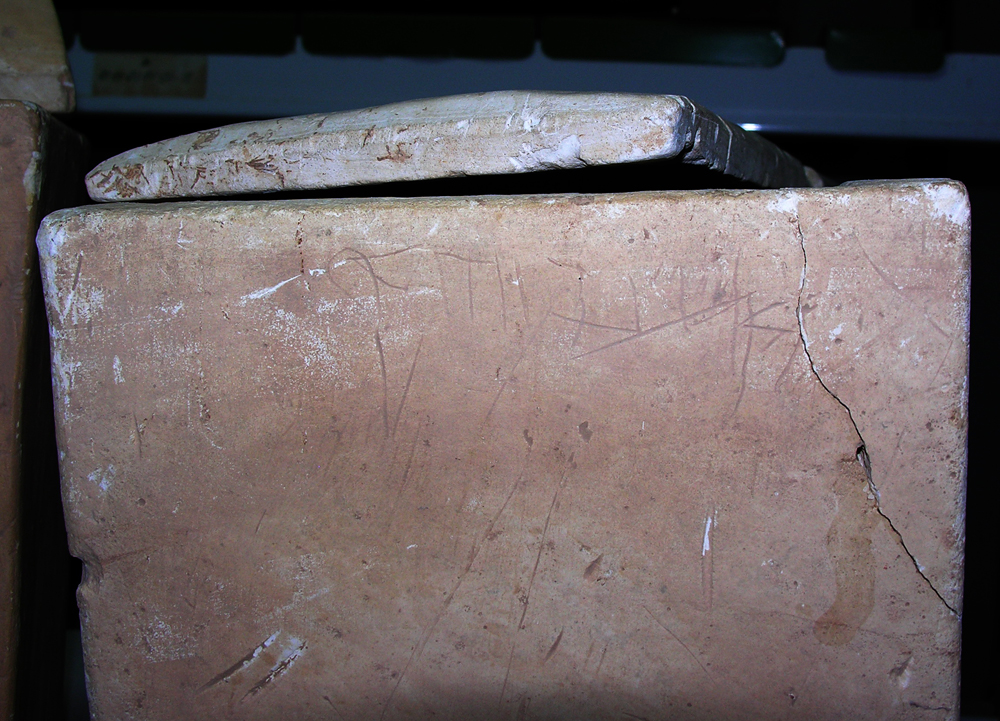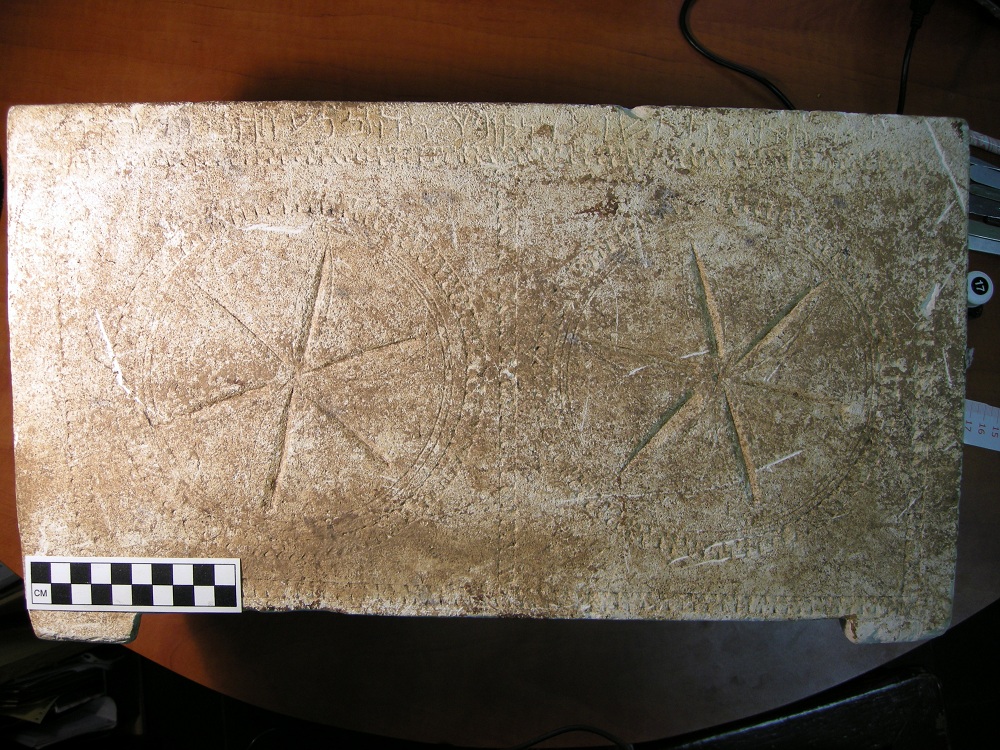Photos: The Bone Boxes of the 'Jesus Family Tomb'
A recent geological analysis suggests that the James ossuary — a bone box with the Aramaic inscription "James, son of Joseph, brother of Jesus," may have once been in a tomb that contains bone boxes inscribed with other Biblical names associated with Jesus, such as Mary, Joseph, Judah and Yose. The researchers involved say the new evidence strengthens the case that the tomb, which is located in a suburb of Jerusalem called Talpiot, may contain the bones of Jesus of Nazareth. But many historians are skeptical about the claims. [Read the full story on the controversial 'Jesus Family Tomb' ]
Controversial find
Antiquities collector Oded Golan first acquired a limestone bone box, or ossuary, with the phrase "James, son of Joseph, brother of Jesus," in 1976. The bone box came to be known as the James ossuary, and because the names corresponded to those of Jesus of Nazareth's brother, some speculated that the box may have once held the bones of Jesus' brother. with Here, a photo of the James ossuary. (Credit: Aryeh Shimron.)
Jesus, son of Joseph
Other researchers excavated a tomb in Talpiot, Israel which contained several ossuaries. One of the ossuaries unearthed in the Talpiot tomb says Yeshua, son of Yehosef , or Jesus, son of Joseph — though some scholars say the word Jesus is difficult to read and could be another name. The bone boxes were covered with a reddish earth, called rendzina, when they were first discovered. A geologist now says that earth flooded the tomb after an earthquake in A.D. 363, and that a chemical signature from that soil can connect the Talpiot ossuaries to the James ossuary. (Credit: Aryeh Shimron.)
Family tomb?
Altogether, ten bone boxes were unearthed during the 1980 excavations of the Talpiot tomb, though one mysteriously disappeared. Six of those boxes have inscriptions, many with names that match those of Jesus' family members. However, critics say that not all the names are a match. Here, some of the boxes from the Jesus family tomb. (Credit: Aryeh Shimron.)
Get the world’s most fascinating discoveries delivered straight to your inbox.
Controversial discovery
The James ossuary was first revealed to the public in 2002, but the Israel Antiquities Authority later said that the latter part of the inscription - "brother of Jesus," was a forgery. After a seven-year trial, a judge cleared the Oded Golan, who owned the box, of forgery. Now, a new geological analysis says it has the same chemical signature as ossuaries from the Talpiot tomb. (Credit: AP Photo/Shanks' Biblical Archaeology Review.)
Common burial method
Ossuaries, or bone boxes, were fairly common during the time of Jesus. Families would typically bury people in a linen shroud, and once the flesh had rotted away, the bones would be collected and placed in a limestone or chalk box. Here, the ossuary thought to hold the bones of Caiaphas family. According to the New Testament, Caiaphas was a Jewish high priest who masterminded the plot to kill Jesus. (Credit: Yuval Goren.)
Biblical or random squiggles?
James Tabor, of the University of North Carolina at Charlotte, discovered another ossuary engraved with a large fish thought to represent the story of the Biblical prophet Jonah. The tomb where it was unearthed is not far from ossuaries found in another tomb in Talpiot, Israel, where some say the bones of Jesus of Nazareth may be buried. Critics say the Jonah ossuary does not contain the word Jonah, as some suggest.









